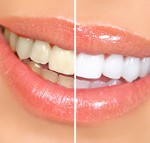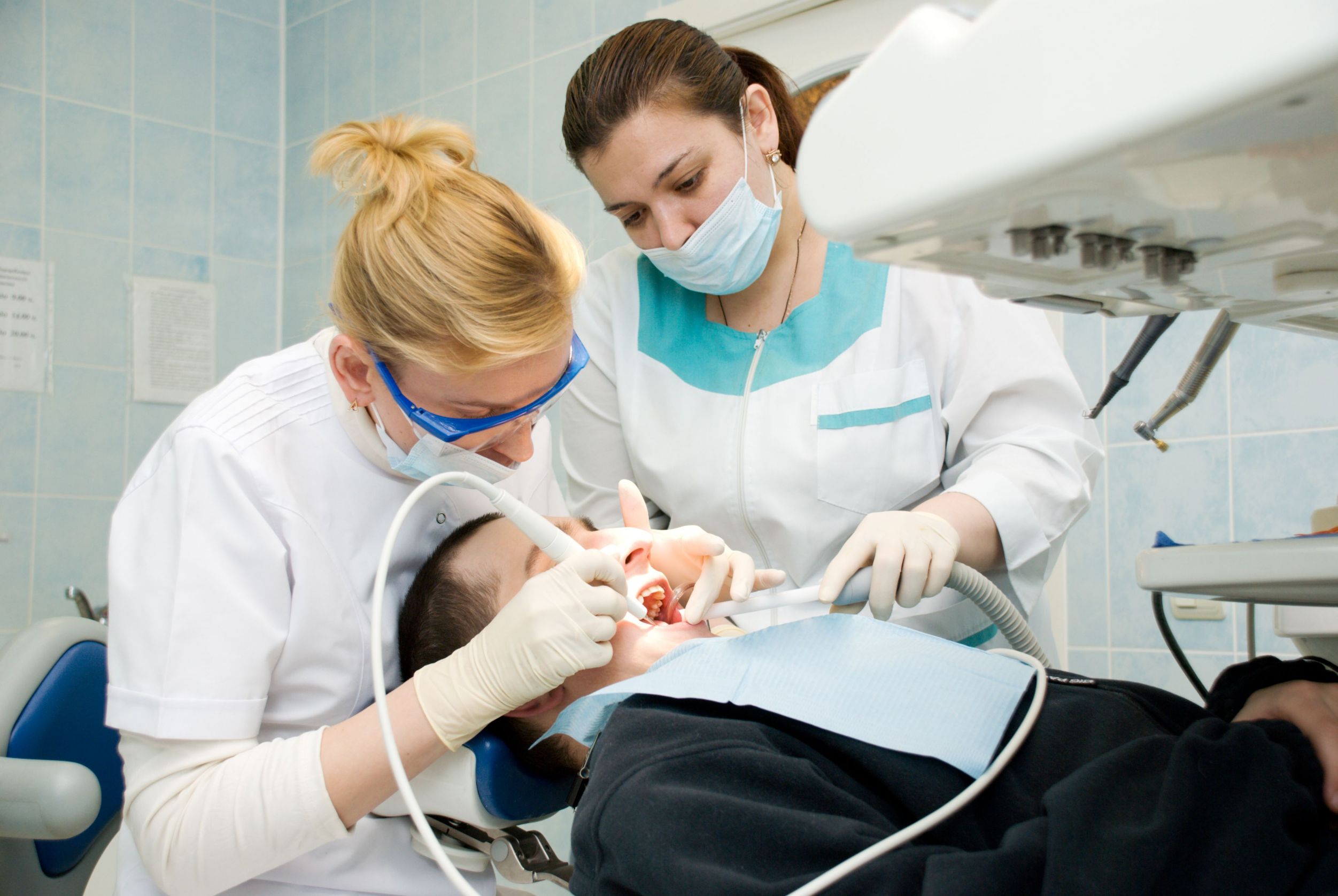Pulpitis is an inflammation of the dental pulp. It is not uncommon, as patients often turn to their local Dentist Kalamazoo MI about dental pain associated with pulpitis. The most common cause of pulpitis are microbes and their toxins, which penetrate into the pulp cavity of a tooth. Streptococcus (hemolytic and non-haemolytic) is usually the main pathogen, but pulpitis may be caused by staphylococci and lactobacilli. Inflammation in the tooth begins with infection sites, close to the cavity. Subsequently bacteria and toxins penetrate the root pulp. Below are the different sections of pulpitis.
* Acute pulpitis can be focal and diffuse.
* Focal acute pulpitis is the initial stage of the disease, in which the focus of inflammation is most closely adjacent to a deep cavity with softened dentin. Painful periods are short (from a few minutes to half an hour). Painless periods last several hours.
* Diffuse acute pulpitis is characterized by overgrowth of the inflammatory focus. Spontaneous pain lasts for several hours.
* Chronic pulpitis is the transition of acute inflammation in the chronic stage. In this case, there is no spontaneous pain. Pain occurs only under the influence of stimuli.
* Chronic simple pulpitis is when the patient complains of lingering pain under the influence of temperature and chemical stimuli after meals. There is no reaction to percussion, but there is expressed pain in the cold. Mucosa around the tooth is not changed. With the development of the process (second stage), the bottom portion of the pulp cavity is lifeless, and does not respond to external stimuli. Click here for more details.
* Chronic hypertrophic pulpitis occurs when there is an appearance of a polyp in the pulp cavity, which communicates with the cavity of the tooth. The pulp of a tooth gradually grows and grows into the cavity in the form of granulation. The tooth is severely damaged, which is accompanied by heavy bleeding. No response to percussion, mucosa around the tooth is not changed.
* Chronic gangrenous pulpitis is when the carious cavity is filled with necrotic dentin of dark color. The tooth has a gray tint and a marked putrid smell. Mucosa around the tooth is not changed. The patient complains of a constant feeling of unease in the tooth.
If you are experiencing any of the above symptoms, you should see your Dentist Kalamazoo MI. They will perform an immediate oral exam followed by other dental exams. For more information, contact Stephanie M Busch – Abbate DDS PLC today.






